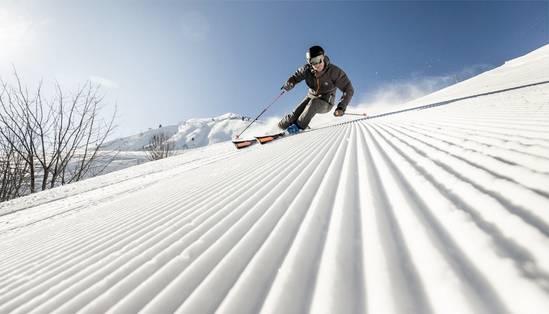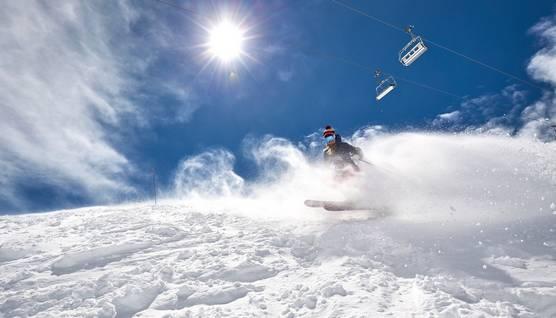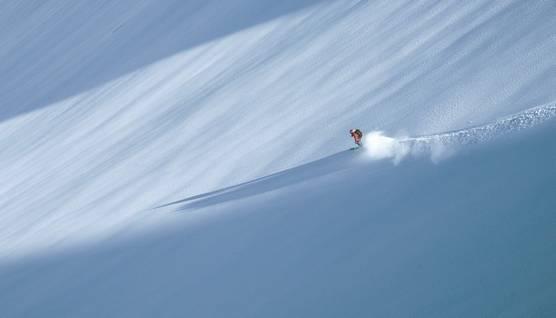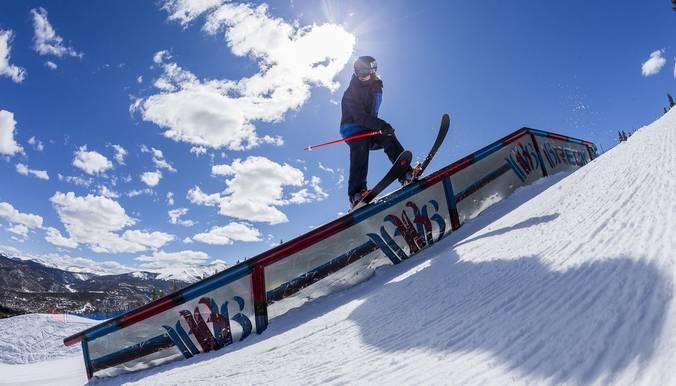How to choose skis? What are the options?
Piste skis


Mini skis or short skis
Way shorter than a traditional alpine ski, mini skis (originally known as snowblades) were designed to provide inexperienced skiers with immediate fun on gentle slopes. Due to their shorter length, these skis are a lot easier to manage and more playful than regular skis. It is an option of choice for skiers who want to skip progression and get straight to action.
Be careful though, despite how fun they can be, short skis are less stable and less grippy than longer skis. They are very good if you want something fun and easy to control but they are designed to ride at low to moderate speeds, no more. Also, a few years (or decades) ago, short skis were not very popular as they were causing a lot of knee injuries due to the binding system used. Fortunately, this belongs to the past and every mini ski now comes with a proper ski binding that automatically releases in case of a fall.
All-mountain skis

The ski sidecuts will directly affect its performance. Generally speaking, a wide ski will provide more floatation and more support on softer snow but it will be more difficult to manage on hard snow or on piste. To the opposite, a narrow ski will offer more grip and more precision on the hardpack but it will tend to sink on deep powder. Therefore, you need to make a choice depending on your favourite terrains and conditions.


1 - All-mountain skis - 70% piste / 30% off piste
These skis look like traditional piste skis in terms of width (waist width between 80mm and 93mm) but they often feature a rocker and a construction adapted to varying terrains. They are ideally suited for discovering the joys of skiing off piste, by the sides of the pistes on shallow powder and they remain extremely efficient on piste.
2 - All-mountain skis - 50% piste / 50% off piste
Wider than the previous ones (waist width between 87 and 100mm), these skis offer the best of both worlds and perform great on hard and soft snow. With a ski like this on your feet, you can start exploring the backcountry and lay your own tracks on the untouched without sacrificing your on-piste fun. Indeed, even if these skis are a little less responsive on the hardpack, they remain grippy, stable and efficient.
As a conclusion, all-mountain skis aim for skiers who like practicing their carving technique in the morning and explore the ungroomed realm in the afternoon. They are the jack-of-all-trades of skiing, they are perfect if you want to make the most of your day with one pair of skis.
Freeride skis
1 - Freeride skis - 60% powder




2 - Freeride skis - 80% powder
Freestyle skis




Touring skis


